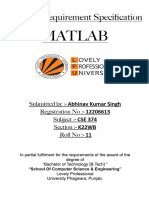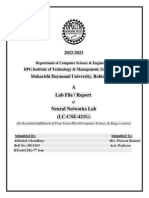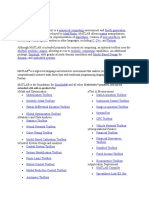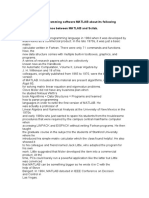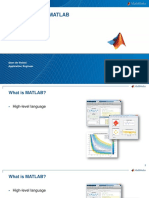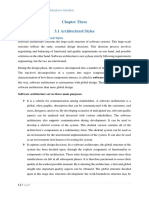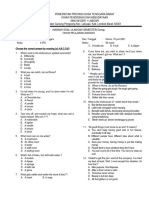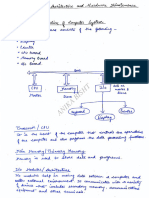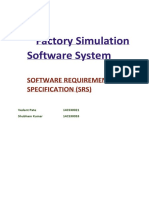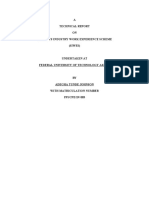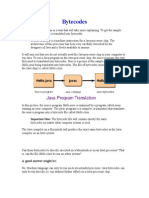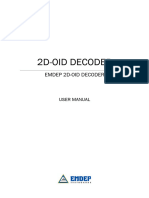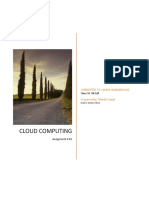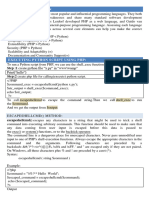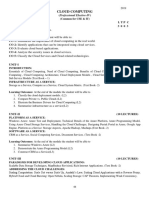0% found this document useful (0 votes)
7 views3 pagesWhat Is Matlab
MATLAB is a high-level programming language developed for numerical computation, data analysis, and visualization, widely used in academia and industry. It features matrix-based computing, built-in functions, and specialized toolboxes for various applications, including engineering, image processing, machine learning, and finance. Despite its cost and speed limitations, MATLAB remains a crucial tool for technical computing due to its ease of use and extensive support.
Uploaded by
steamhack6868Copyright
© © All Rights Reserved
We take content rights seriously. If you suspect this is your content, claim it here.
Available Formats
Download as DOCX, PDF, TXT or read online on Scribd
0% found this document useful (0 votes)
7 views3 pagesWhat Is Matlab
MATLAB is a high-level programming language developed for numerical computation, data analysis, and visualization, widely used in academia and industry. It features matrix-based computing, built-in functions, and specialized toolboxes for various applications, including engineering, image processing, machine learning, and finance. Despite its cost and speed limitations, MATLAB remains a crucial tool for technical computing due to its ease of use and extensive support.
Uploaded by
steamhack6868Copyright
© © All Rights Reserved
We take content rights seriously. If you suspect this is your content, claim it here.
Available Formats
Download as DOCX, PDF, TXT or read online on Scribd
/ 3



